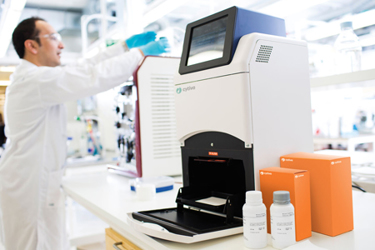Western Blotting Principles And Methods

Western blotting is an established way to detect and analyze proteins. Since its first description in 1979, it has become one of the most widely used methods in life science research.
The technique is based on an antibody-protein complex. With it, scientists can detect antibodies bound to membrane-immobilized proteins.
Whether you’re a beginner or an expert, this handbook is meant to guide and inspire. We share the latest expertise and technology to support your success from sample preparation to analysis. You can use this handbook to lead the way, or to optimize your results.
Chapters 2 through 8 outline the Western blotting workflow step-by-step. We describe the theoretical and practical aspects of the technique along with useful hints and tips. You can find examples of typical applications, and some new approaches to Western botting in Chapter 9. Chapter 10 reviews troubleshooting strategies and Chapter 11 provides protocols and recipes — including a standard procedure we recommend to help design and run experiments.
Over the past decade, improved detection methods and software have brought quantitative analysis to Western blotting. We give examples of protocols that can help you get even more quantitative data from your Western blots.
Get unlimited access to:
Enter your credentials below to log in. Not yet a member of Bioprocess Online? Subscribe today.
